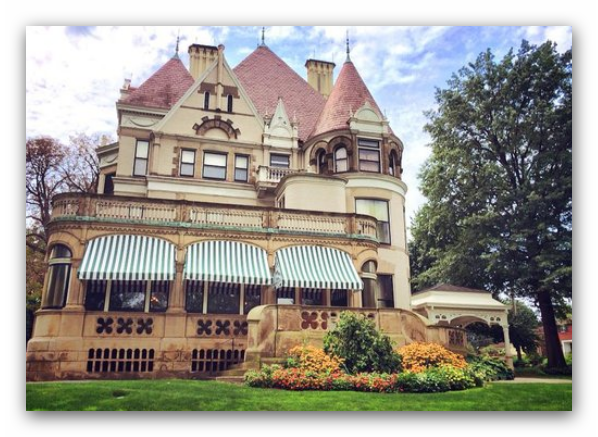Sep 1 2017 - Jan 7 2018
Frick Art and Historical Center
Pittsburgh, PA
Lace was the ultimate fashion accessory during the Gilded Age. Lace has been an elegant indicator of wealth and prestige since the 16th century. Handmade lace was laborious to produce, requiring time and a high level of skill that made lace available only to royalty or the fabulously wealthy. Industrial advances of the 19th century enabled the creation of inexpensive laces accessible to a broader market. Although machine lace dominated the 19th-century market, a demand for handmade lace continued in the luxury trade. As machine made lace became more common in the late 19th century, an interest in collecting and refashioning antique lace arose among wealthy women. Adelaide Howard Childs Frick, whose garments are featured in this focus installation, was fond of lace embellishment and her fashion choices projected a refined elegance typical of the period. The lavish lace on view displays both machine made and exquisitely crafted handmade examples.
Credit: Exhibition overview from museum website
Exhibition Venues & Dates
Sep 1 2017 - Jan 7 2018
Frick Art and Historical Center
Pittsburgh, PA
